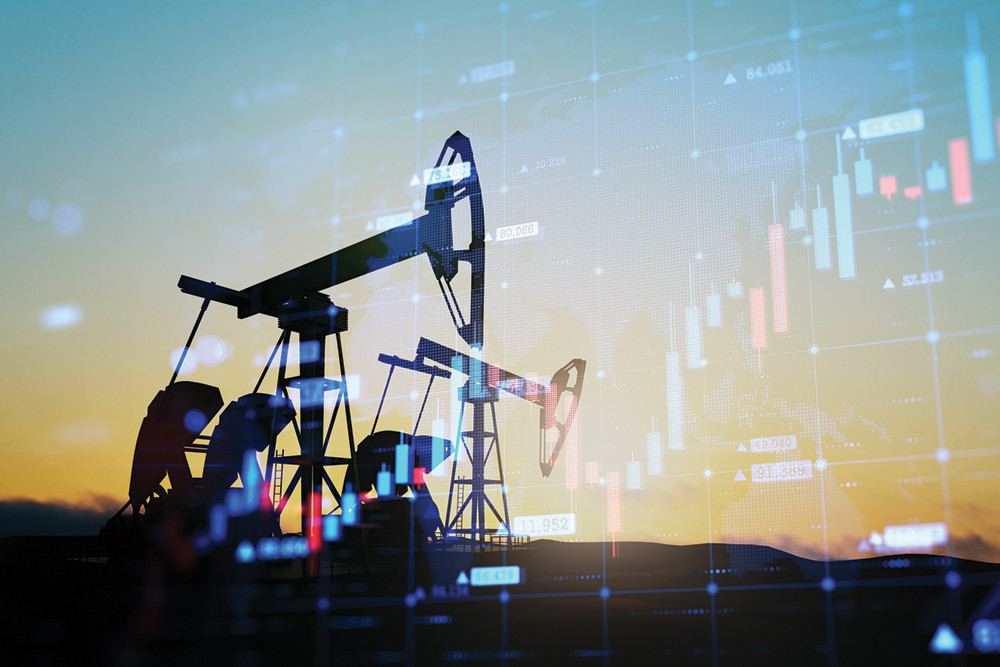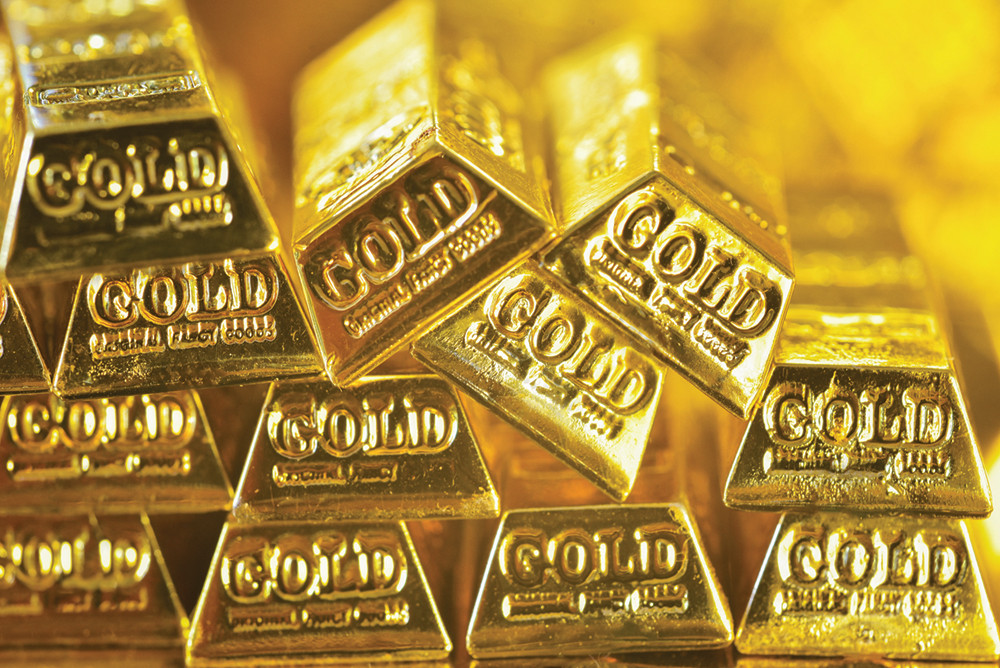
2019 has been a topsy-turvy year for gold. After observing a slightly bearish year in 2018, the bullion commenced 2019 with a value of $1282.09 per troy ounce. Initially, the market treaded bearish for the first few months slumping to the year low price of $1266.06 per troy ounce during the month of May. Subsequently, the yellow metal traded higher and attained the highest price of $1557 per troy ounce in September, a 23% increase since the trough days. As we have entered the final month of 2019, it is highly probable that the market will remain in the upper range and end the year on a strong footing.
One of the significant factors that have kept the bullion afloat is the connotations of it as a safe haven asset. Historically, it is more valuable during times of geopolitical uncertainty. As per the latest estimates, 20% of the gold reserve stocks are held by various central banks and notable international monetary organisations. Likewise, the US Dollar has an inverse relationship with the yellow metal since gold is generally denominated in the greenback. The appreciation of the US Dollar negatively affects the gold and vice versa. However, the preceding assumption was thwarted in 2019 since traders observed a simultaneous increase in the value of gold and US Dollars.
China: Leading Gold Producer
Excluding Antarctica, gold is mined on every continent and is extracted from mines of various shapes and sizes. In 2018, China was declared as the world’s largest producers of gold and accounted for approximately 12% of the total global production. China was followed by Australia, Russia, USA and Canada. In the financial markets, the production details affect the price of gold. In hindsight, along with the supply, the demand and the short-term trading acumen of the speculators also drive the prices.
In the top gold producing economies, mining of gold brings an increase in employment, foreign direct investment, foreign exchange and the revenues generated from tax. As per statistics, the mine production of gold was approximately 3,500 tonnes in 2018, an increase of 1,100 tonnes since 2010. However, market analysts opine that although there is a hike since the start of the decade, the production has stalled and not changed significantly since 2016. Among the numerous reasons, it is argued that the ‘easy and accessible gold’ has already been mined and miners now have to do the hard yards and dig deeper to access gold reserves of quality standards. Along with the new hazards during mining, miners also have to confront the environmental impact that lies ahead. This only increases the cost to get less gold lying deep in the mines. All these factors add to the cost resulting in an increase in the gold prices.
Supply Limits
In current times, the demand and supply are in a relative balance. The paradox of the story is since analysts have a limited idea of how much gold is left to be mined, it is genuinely impossible to zero in on how long the current reserves will last. Gold being a scarce commodity, the majority of exploration activity by gold mining companies does not find commercially viable quantities of gold. Generally, it takes a minimum of 10 years to develop a large-scale gold mine once the suitable mining land is found.
Given the pace of extraction rates in contemporary times, South Africa, one of the largest gold producers in the world, could invariably run out of accessible gold within the next 40 years. In other estimates, it is debated that gold mining could reach the point of being economically unsustainable by 2050 globally, although new discoveries could push the date back.
Conclusion
The advent of technology and the endless possibilities with it may also make it possible to extract some known reserves that currently are not economically viable to access. But, it is highly unlikely that large scale gold mining will continue past this century given the technology advances or the minute discoveries of unknown gold deposits around the world. The paradigm shift will appear in the determination of the prices and new elements will join the bandwagon as drivers of the bullion in the ensuing days.
Vivek Risal is associated with Mercantile Exchange Nepal Limited in the capacity of Manager in Research and Development Department. He can be contacted at r&[email protected]





